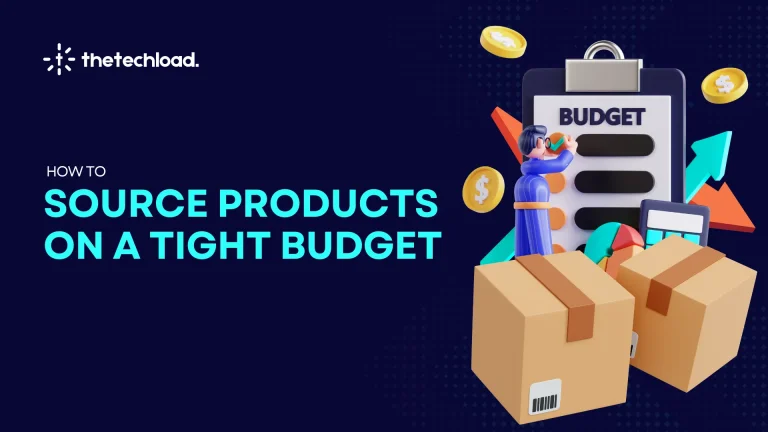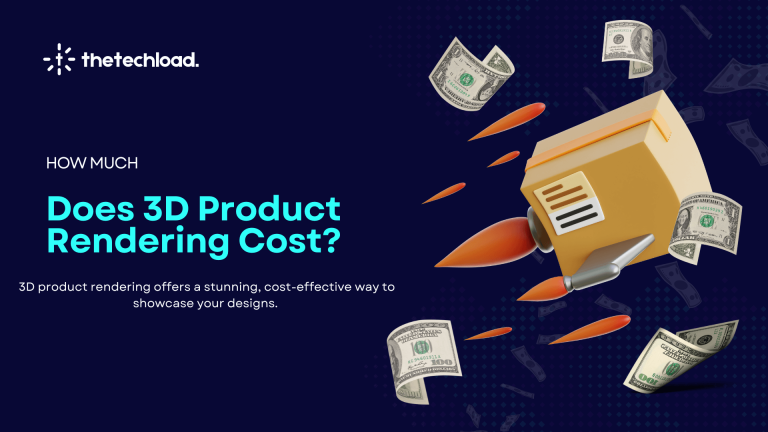Sourcing products for Amazon doesn’t have to break the bank. If you’re wondering how to source products for Amazon on a tight budget, this guide will walk you through strategies, tips, and tools to get started without overspending.
By applying smart sourcing methods, you can find High-Demand, Low-Competition Products that drive sales while keeping your costs low. Let’s start!
Benefits of Sourcing on a Budget
Working with limited funds might seem challenging, but it comes with several advantages. Lower financial risk is a major benefit, as you’re not investing large amounts upfront. This gives you the flexibility to test different products without fear of losing significant money. Additionally, keeping costs low helps maintain better cash flow, allowing you to reinvest profits into growing your business.
Key benefits include:
- Reduced risk of financial loss.
- More opportunities to experiment with product ideas.
- Improved cash flow for marketing and scaling efforts.
Strategies for Sourcing Products on a Tight Budget
If you’re wondering how to source products for Amazon on a tight budget, here are some proven strategies to help you get started:
1. Online and Retail Arbitrage
Online and retail arbitrage involves buying discounted products from stores and reselling them on Amazon. It’s an affordable way to start because it requires minimal investment and offers quick results.
- Where to Shop: Look for clearance sections in stores like Walmart and Target or explore online platforms like eBay.
- Tools to Use: Use tools like Keepa to track price history and SellerAmp to analyze profitability.
2. Dropshipping
Dropshipping is a low-risk model where you sell products without holding inventory. Instead, your supplier ships items directly to customers after they purchase.
- How It Works: You only pay for the product after a sale is made.
- Recommended Platforms: Use suppliers from AliExpress, CJ Dropshipping, or Sprocket to start.
3. Source from Local Wholesalers
Local wholesalers often have affordable deals with lower minimum order quantities (MOQs), making them ideal for tight budgets.
- How to Find Them: Search for wholesalers in your area, attend trade shows, or check online directories.
- Negotiation Tip: Build relationships with suppliers and negotiate better terms to save money.
4. Buy Liquidation or Second-Hand Stock
Liquidation sites offer deeply discounted overstock or customer-return items that you can resell for profit.
- Where to Look: Websites like Liquidation.com, B-Stock, and DirectLiquidation are great options.
- Risk Management: Inspect items carefully to ensure quality and resale potential.
5. Use Affordable Manufacturing Platforms
Platforms like Alibaba allow you to source products directly from manufacturers at low prices. This approach is great for customized or branded items.
- Start Small: Request small sample orders to check product quality before committing to larger purchases.
- Pro Tip: Negotiate MOQs and pricing to align with your budget.
Cost-Effective Ways to Test Product Ideas
Testing product ideas is crucial to minimize risks. You can validate demand and gather feedback without spending much. Start by ordering small quantities to test how well a product sells. Use tools like Jungle Scout or Helium 10 to research market trends and estimate profitability.
Additional tips include:
- Monitor Competitor Listings: Analyze pricing, reviews, and sales trends to gauge market demand.
- Create Minimum Viable Products (MVPs): For customized items, launch simple versions to measure interest.
Tips for Stretching Your Budget
Maximizing every dollar is critical when sourcing on a tight budget. Here are some tips to help you make the most of your funds:
- Negotiate Pricing: Always ask suppliers for discounts or free shipping.
- Choose Lightweight Products: Lighter items are cheaper to ship and store, reducing overall costs.
- Monitor Expenses: Track your spending with tools like QuickBooks or Excel sheets.
- Reinvest Profits: Use your earnings to gradually scale your business and increase inventory.
Common Mistakes to Avoid When Sourcing on a Budget
Avoiding common mistakes can save you time and money. Some of the biggest pitfalls include skipping proper product research and rushing into bulk orders. It’s also important to account for Amazon fees and ensure that your chosen products meet quality standards. Ignoring these factors can result in unsold inventory or negative customer reviews.
Mistakes to watch out for:
- Skipping Research: Leads to unsellable products and wasted money.
- Overordering: Always test demand before committing to large quantities.
- Neglecting Quality Control: Poor-quality products result in refunds and bad reviews.
Tools and Resources for Budget-Friendly Sourcing
To succeed in sourcing products for Amazon on a tight budget, use these tools and platforms:
- Research Tools:
- Jungle Scout: Analyze product demand and competition.
- Helium 10: Identify profitable niches and keywords.
- Sourcing Platforms:
- Alibaba: Affordable bulk orders from manufacturers.
- Liquidation.com: Bargain-priced overstock and returned items.
- Fulfillment Services:
- Amazon FBA: Handles storage, shipping, and customer service.
- Third-Party Logistics (3PL): Alternative fulfillment options for cost-conscious sellers.
Conclusion
Learning how to source products for Amazon on a tight budget is not only possible but can also lead to significant success. Focus on cost-effective strategies like retail arbitrage, drop shipping, and liquidation sourcing to minimize expenses while identifying profitable products.
By testing ideas in small batches and reinvesting profits, you can build a sustainable business. With persistence and smart planning, even a modest budget can lead to a thriving Amazon store.
How to Source Products for Amazon on a Tight Budget: FAQs
Yes, it’s possible to start selling on Amazon for $100, especially if you focus on low-cost sourcing methods like retail arbitrage or drop shipping. Begin with a small inventory, choose lightweight and low-cost items, and focus on high-demand, low-competition products. Avoid unnecessary expenses by managing tasks like shipping and product listings yourself in the early stages.
Technically, yes, you can start selling on Amazon without upfront subscription costs by using the free individual seller account. This allows you to sell up to 40 items per month without a monthly fee. However, you’ll still need to pay for product sourcing, shipping, and Amazon’s referral fees for each sale. Starting completely free is unlikely but minimizing costs is very achievable.
Amazon FBA charges vary based on the service:
Inbound Placement Fee: $0.21 to $6.00 per unit, depending on factors like item size, weight, fulfillment center requirements, and shipping origin.
Low-Level Inventory Fee: $0.89 to $1.11 per unit, based on the item’s size tier, shipping weight, and supply levels over time.
Following are some beginner-friendly tools for sourcing and selling on Amazon.
1: Jungle Scout
2: Helium 10
3: Keepa
4: Amazon Revenue Calculator





